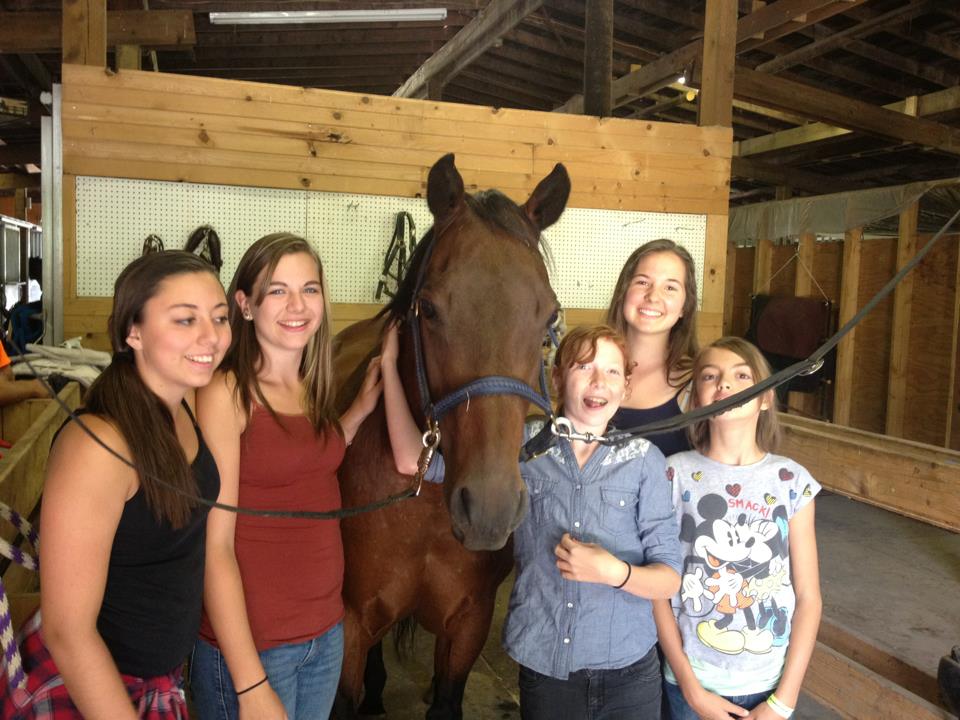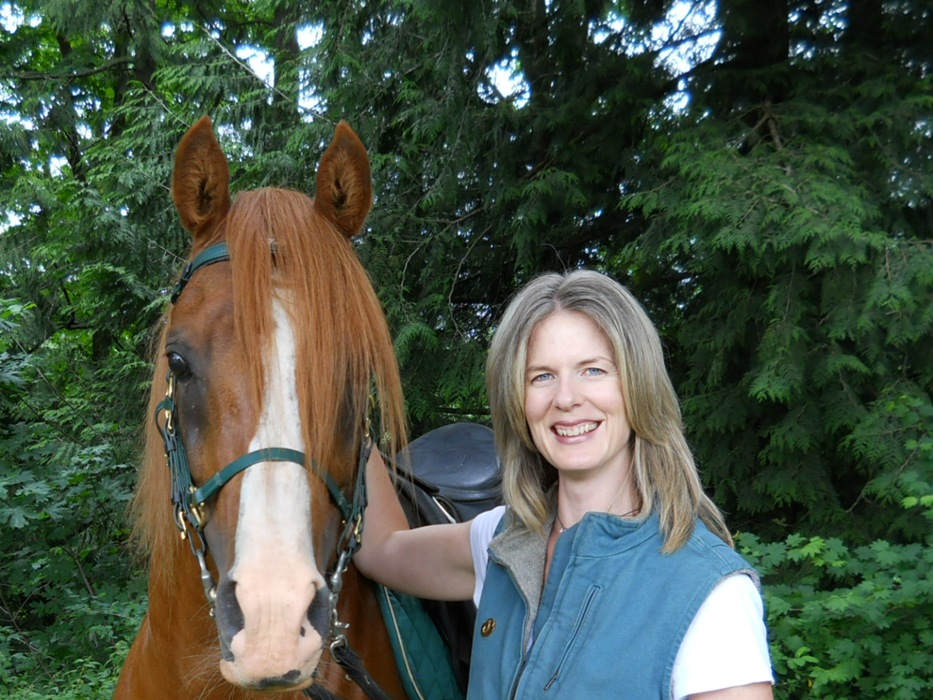Ease Stress by Planning Ahead for the Unexpected
by Catherine Madera

I had planned to write about organizing my tack room (hoping it would motivate me) for our Barn and Farm issue. However, an unplanned tragedy this week prompts me in another direction: planning for when the worst happens on the farm.
On the Monday prior to writing this, a horse dear to our family unexpectedly passed away. Though we had not owned him for several years, I felt his loss keenly. At 20 years old Cowboy was a senior, but the Quarter Horse gelding was the picture of health until suddenly failing last week. Ultimately, he had to be euthanized.
It’s so much easier, and more pleasant, to focus on all the positive additions a horse makes to your farm. It’s fun to outfit the barn, fill it with hay and buy tack. But what about the unexpected? Without dwelling on the negative, it is still important to understand the sheer logistics of handling the life—and death—of a horse. No matter the horse’s age, injury and death can happen at any time. Are you prepared? We cannot prepare emotionally, but there are things to do that ease the stress of a Worst Case Scenario. Basic things to have in place around the farm include: the number of your veterinarian, a first aid kit and a plan for travel if you do not own a trailer. Also helpful to have is a horse health emergency fund of at least $500 (more if you can) to offset veterinary care. Few things are worse than agonizing over money when your best friend is in crisis. Lastly, make a plan for euthanasia/burial. This is not macabre to think about, it’s a reality. Horses are large and cannot be buried just anywhere. This will also cost money so factor that into the emergency fund. Hope for the best, but plan for the worst—this is a good motto around the farm!
On a happier note, spring is around the corner so check out what’s happening at Mountain House Stables, a beautiful place to recreate with your horse near Spokane, WA.
Ride on!

Catherine Madera served as editor of the Northwest Horse Source for five years. She has written for numerous regional and national publications and is a contributing writer for Guideposts Magazine and the author of four equine-related books. She has two grown children and lives with her husband and three horses in Northwest Washington.





